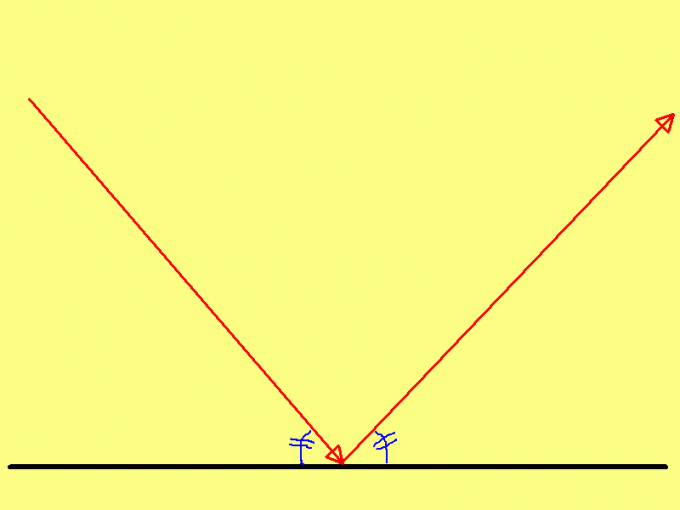You will need
- - protractor;
- - rangefinder;
- - the table of absolute indices of refraction.
Instruction
1
In the fall of the light beam on a flat surface, restore the perpendicular thereto at the point of incidence with a protractor, the angleof the parts or of the protractor. The angle between the perpendicular and the incident ray and the angle will drop. If the surface is not a plane, at the point of incidence of the beam construct tangent, and drop a perpendicular to the tangent at that point. Angle specify in the same way as in the previous case. In both cases, to measure the angle use the protractor or clinometer.
2
If you know the angle of reflection, by the first law of reflection of light rays it is equal to the angle of incidence. When known , the angle of refraction at the boundary of two media, find the relative index of refraction from a table or calculate it using absolute figures. Then multiply this figure by the sine of the angle of refraction. The result will be the sine of the angle of incidence of the light beam Sin(α)=n•Sin(β). Using engineering calculator or special tables, find the value of angle of incidence, using an arc sine function.
3
The angle of the falling body to measure, restore the perpendiculars to the point of incidence, is the angle between the perpendicular and the direction of the final velocity of a body. In the case when a body is thrown at an angle to the horizon is known in advance, the angle of incidence is equal to 90º minus the angleunder which the thrown body.
4
In the case when a body thrown horizontally from some height, measure the distance at which a body falls to the ground and the height from which it was dropped in meters. Do it with a tape or rangefinder. To find the angle of the fall, divide the distance that you have overcome the body twice the height from which it fell. It will be the tangent of the angle of incidence. Find the angle using a calculator or table.
5
These calculations do not take into account the air resistance, which can be neglected at low speeds, with which the moving body such as a thrown stone. When a large resistance of the medium as the speed increases, the results will vary.
